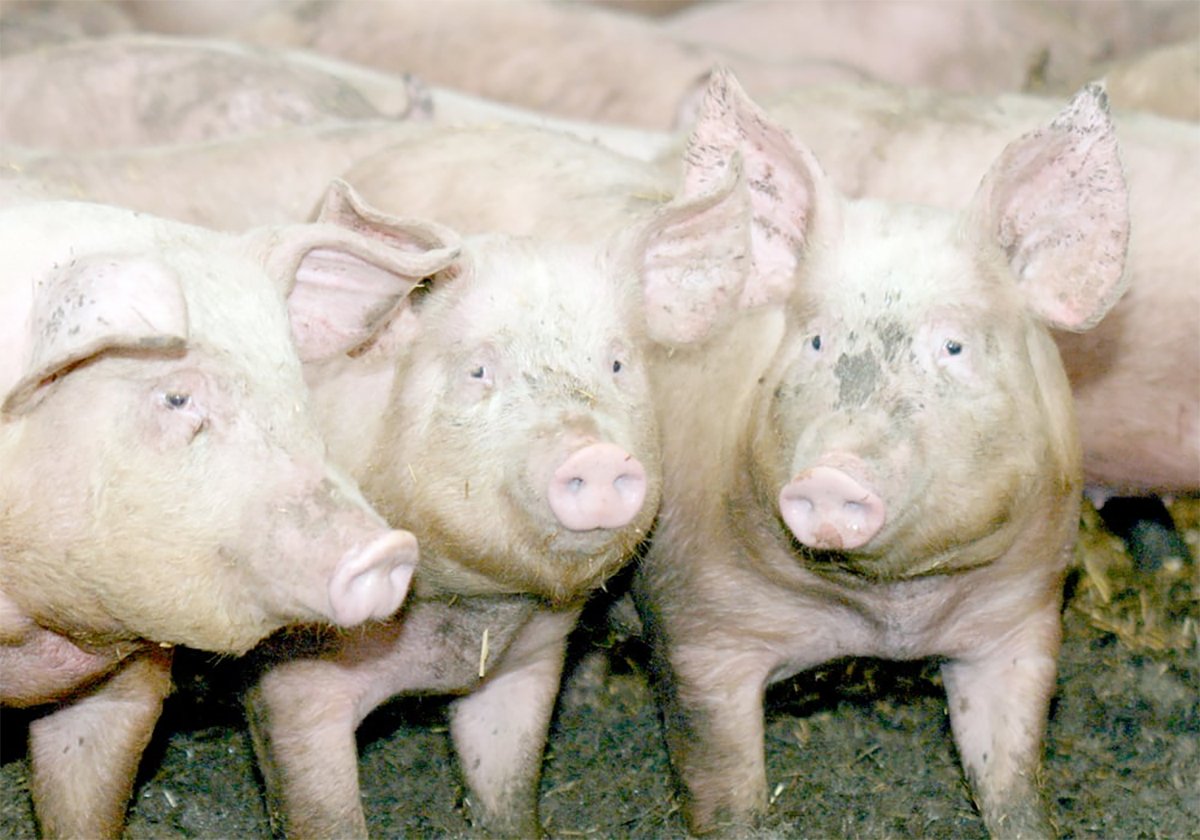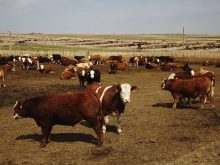DENVER, Colo. – Disease and recession in overseas markets have knocked
American beef export plans off the pedestal.
The United State’s best and largest offshore customer is Japan, but
that market is caught in the midst of a recession and unprecedented
cases of bovine spongiform encephalopathy. Consumer confidence in beef
has plunged and American exports to Japan have tumbled.
The situation is not entirely dismal. The U.S. remains the world’s
second largest beef exporter. It is the largest importer taking in
Read Also

The Western Producer Livestock Report – November 13, 2025
Western Producer Livestock Report for November 13, 2025. See U.S. & Canadian hog prices, Canadian bison & lamb market data and sales insights.
product from Canada, Australia and New Zealand, as well as smaller
amounts of cooked product from South America.
“We are not running a significant trade deficit when we look at cattle
and beef,” said economist Chuck Lambert of the National Cattlemen’s
Beef Association.
The U.S. exports 13 percent of its beef production, Lambert told the
international markets committee.
The U.S. Department of Agriculture reported beef sales dropped by
seven percent in volume to about 1.05 million tonnes. Value declined 11
percent to $2.9 billion US for the 11 months ending November 2001.
Exports are expected to fall another three percent in 2002 and imports
could increase due to demand for more meat trimmings and a strong
American dollar.
“High prices attract imports. The last three or four years of high
imports have been the highest prices,” said Lambert.
Last year, Australia shipped 383,000 tonnes of mostly beef trimmings
for processing, valued at nearly $850 million US. New Zealand delivered
nearly 200,000 tonnes worth $443 million. Lambert said they are not
likely to ship more because both countries have reached their meat
import quota amount. Further sales are subject to a 27 percent tariff.
Canada’s exports to the U.S. reached 330,500 tonnes, up seven percent
over 2000. Canadian imports tend to be whole muscle, higher value boxed
beef cuts worth more than $1 billion.
Industry analysts at Cattlefax expressed concern over declining
exports. If no other buyers are found, that beef might have to be
consumed domestically, which could disrupt markets.
“We don’t have other export markets that can offset that loss. For the
most part it will be consumed domestically,” said analyst Mike Miller.
In 1995, Japan took 55 percent of what America exported. In 2001, that
figure dropped by 10 percent. Canada and South Korea are also buying
less U.S. beef. However, the Mexicans have shown greater interest and
buy 25 percent of the U.S. export product compared to five percent in
1995.
American exports to Mexico have shown the greatest strength in variety
meats because a border tariff imposed by the Mexicans does not apply to
that product.
The Mexicans annually ship about one million feeders, mostly to Texas
and Arizona.
Last year, Canada shipped 160,000 steers and heifers south.















